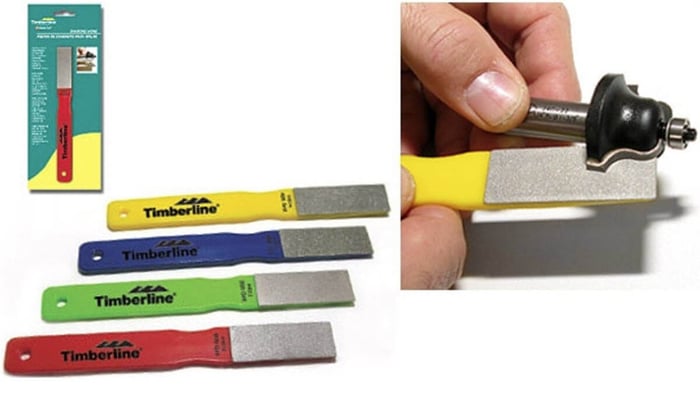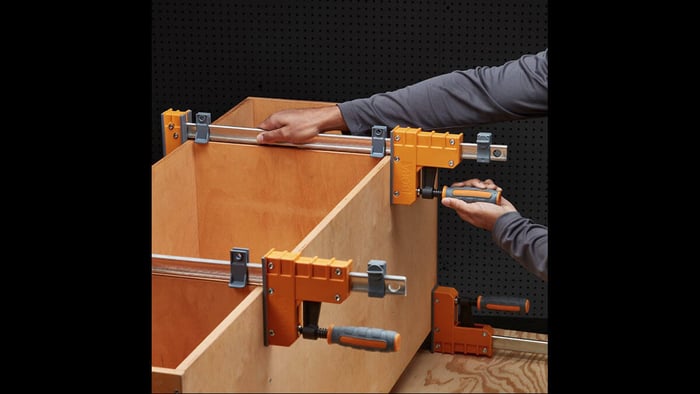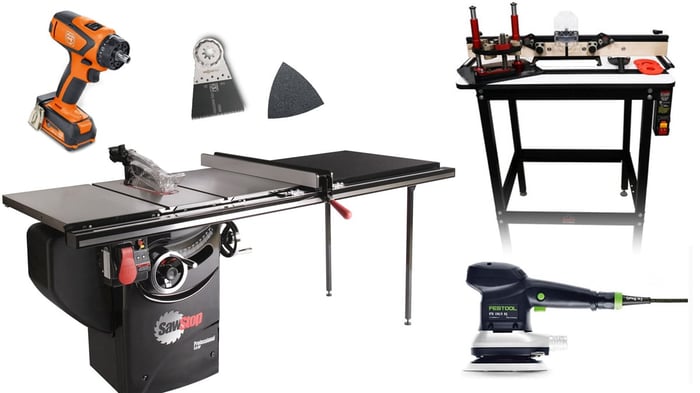
Keep Your Router Bits Sharp - A Guide to Honing Bits
If you're a woodworking enthusiast, you know the importance of keeping your router bits in top shape for clean and precise cuts. However, instead of sharpening them, it's recommended to hone your bits to maintain their optimal cutting angles.
Dull bits not only compromise the accuracy of cuts but also lead to rough finishes on wood surfaces. When bits are no longer sharp, they tend to burn the wood instead of cleanly cutting through it. This can result in wasted material and a less professional-looking final product. By regularly sharpening your bits, you will prolong the lifespan of your tools, improve the overall efficiency of your projects, and achieve cleaner, smoother cuts that enhance the quality of your craftsmanship.
What Are Router Bits?
Router bits are cutting tools used with a router, a power tool designed for woodworking projects. These bits are crucial for creating various shapes, designs, and cuts in wood and other materials. They come in a wide range of sizes, shapes, and cutting profiles, each serving a specific purpose in woodworking.
By selecting the right bit for a particular project, woodworkers can achieve intricate details, smooth edges, precise joinery, and uniform cuts. The quality of the router bit directly impacts the precision and finish of the final product, making it essential to invest in high-grade bits.

What Are The Different Types Of Router Bits?
Router bits come in various types, each designed for specific woodworking tasks. Understanding the differences between straight bits, trim bits, cove bits, rabbeting bits, chamfer bits, edge-forming bits, and specialty bits is crucial for achieving desired results.
-
Straight bits create grooves, dadoes, and rabbets, while trim bits excel at laminate trimming.
-
Cove bits produce concave profiles, ideal for decorative edges on furniture.
-
Rabbeting bits are great for joining pieces of wood with rabbet joints.
-
Chamfer bits create beveled edges.
-
Edge-forming bits, such as ogee bits, produce various edge profiles, adding decorative details.
-
Specialty bits, like dovetail or stile & rail bits, offer precision for specific tasks.
Using carbide bits enhances durability and precision, ensuring clean and accurate cuts.
Why Hone Router Bits Instead of Sharpening?
While sharpening can alter the cutting angles and degrade the bit's performance, honing helps maintain the original angles and extends the lifespan of your bits. Regular honing keeps your bits in top condition without compromising their design.
What Tools Do You Need to Hone Router Bits?
Honing bits requires tools such as honing stones and diamond files. These tools help maintain a sharp edge without altering the bit's cutting angles.
Steps to Hone Your Bits
- Clean the router bit to remove any debris or resin buildup.
- Use a diamond file to lightly hone the cutting edges, maintaining the original angle.
- Use a honing stone to refine and polish the edges.
- Check the sharpness by testing on scrap wood before reinstalling the bit in your router.
How Often Should You Hone Your Bits?
The frequency of honing depends on usage. For moderate use, honing every 3-6 months helps maintain cutting performance and extends the bit's lifespan.
Professional Honing Services
If honing bits yourself seems daunting, professional honing services ensure expert care and precision, restoring your bits for optimal performance and longevity.





